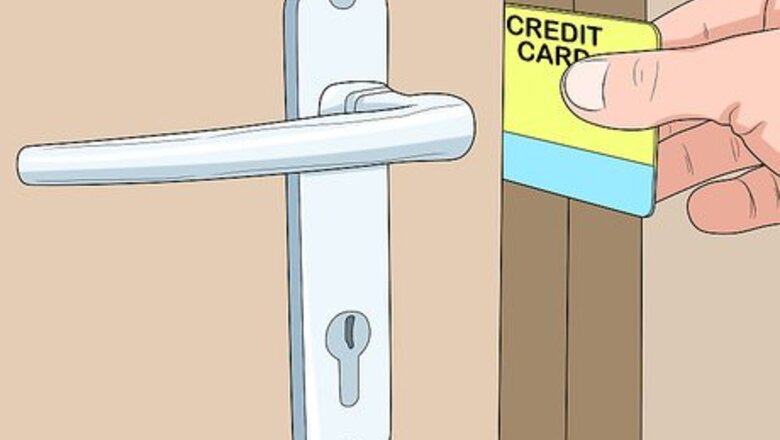
views
Opening a Locked Door without the Key
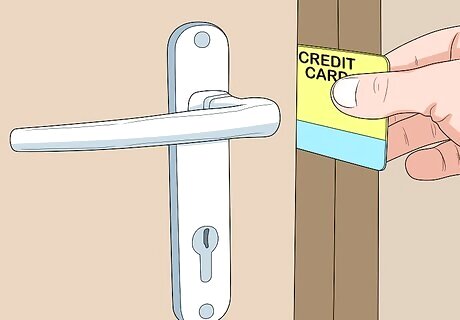
Use a credit card on a spring lock. Though it won't work for deadbolts, it will work for spring locks (the kind that's slanted and a part of a handle). Grab one that's cheap and you don't care about -- if it breaks, no harm, no foul. A bendy, laminated card works best. Force it between the lock and the frame, flush against the frame. Bend it back, forcing the lock back into the door, opening it. If there's no room between the lock and the frame, you can force it between the door and the frame above the lock, then swipe quickly downward while angling the card toward the frame. This is where a thicker, sturdier card may come in handy.
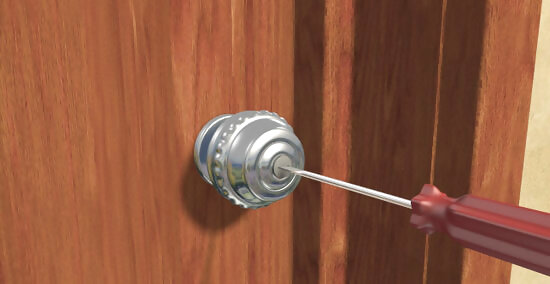
Use a small screwdriver or thin tool on interior doors. This method works on doors with "privacy handles," locked by pushing a button in the door handle. If you're locked on the other side, look for a tiny hole on the doorknob. Push an eyeglasses screwdriver, a paper clip hammered flat, or a very small butter knife into this hole. Push it straight through as far as you can, and turn or twist it until it catches a groove and the lock clicks open.
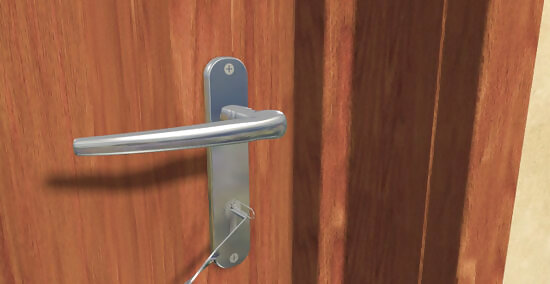
Pick the lock. This can be complicated, so you may wish to read the full instructions. To get started, insert the short end of an Allen wrench into the lower edge of the keyhole. Apply a tiny bit of pressure to turn the lock slightly in the direction the key would turn. Keep this pressure as steady as possible, and use an unbent paperclip with a small crook at the end to pick the lock: Scrubbing method: push the paperclip in gently at the lower end of the keyhole, then lift it back and upward. Repeat in a circular motion while increase the pressure on the Allen wrench slightly each time, until you feel the lock shift. When this happens, keep the pressure steady as you repeat the motion, until the door unlocks. Pin by pin method: If you can't succeed with the scrubbing method, keep the pressure on the Allen wrench slight and steady while you gradually push the paperclip in. When the paperclip makes contact with a pin, try to catch it on the bend and lift it upward until it clicks into place. Repeat with additional pins until the lock turns.
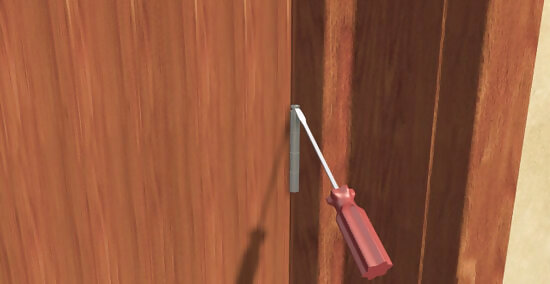
Remove the hinges. Using a standard-sized flat head screwdriver, wedge it between the bottom knuckle and the pin. Tap the handle of the screwdriver in a downward direction with a hammer. Remove the head and pin when they're loose enough. Repeat this with all hinges. If the pin won't come out easily, you may have more success forcing it out with a Phillips head screwdriver.
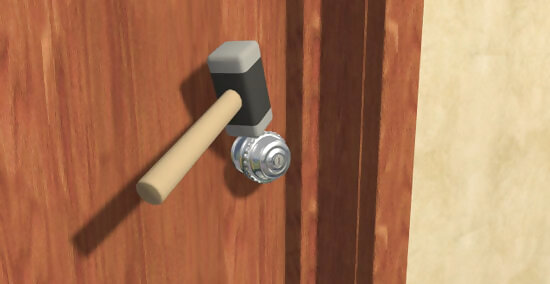
Annihilate the lock with a hammer. There's a reason this is the last step -- it should be your last resort. In most cases, you'd probably rather call a locksmith or a non-emergency number for the local fire station. If you need to leave urgently, bash downward repeatedly until the doorknob or lock breaks away from the door.
Opening a Jammed Lock
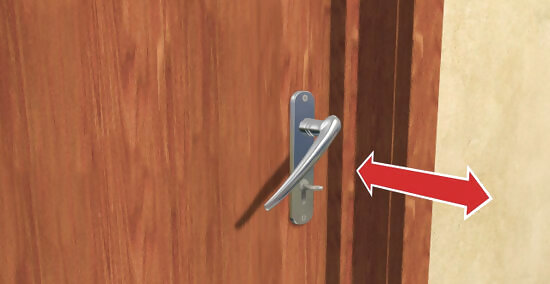
Push or pull the door as you turn the key. With many older doors, you need to pressure the door as you fiddle with the key, as the warped door is bending the lock at an awkward angle. Try applying pressure in each direction: up, down, toward you, and away from you. Use as much force as you can without losing your balance once the door opens. If you are using a friend's key, call and ask him about it. He is likely to know the door's idiosyncrasies.
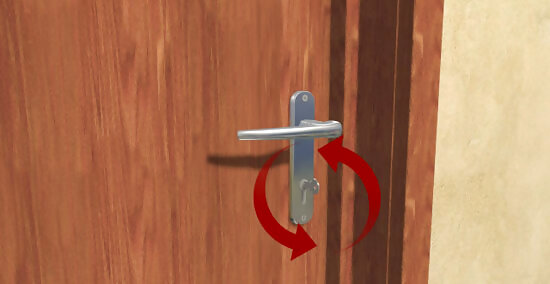
Turn the key both directions. There's no universal standard for which way a key turns to unlock a door. Even if you know which way is "unlock," turning the key further toward the "locked" direction sometimes causes the lock to unjam. If you can get the key to turn a short distance past the full locked position, rotate it back the other way in a quick, smooth motion and you may overcome the jam.
Lubricate the lock. Unless you plan on replacing the lock, choose a grease-free lubricant such as graphite powder, since oil will jam the lock even more once it dries out. A single, short spray or squeeze directly into the keyhole should be enough; too much lubricant can be counterproductive. You can even spray some WD40. If you're trapped in a room, use any oil you have available, or rub the key with a graphite pencil tip.
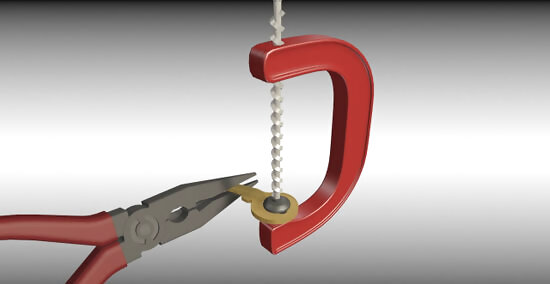
Examine the keys. The problem could be a bent key, or a key with severely damaged teeth. Bending the key back into a flat position will sometimes serve as a temporary fix, if you have a clamp handy. Replace the keys at a hardware store as soon as you can.
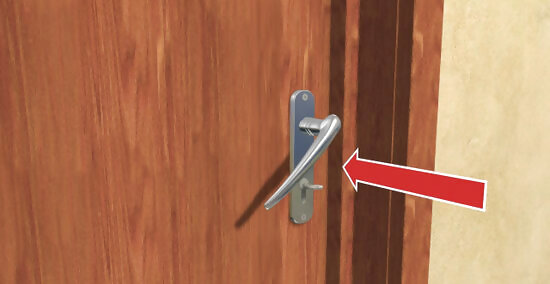
Know when to apply force. If you hear a click when the key turns, the door is probably unlocked but jammed, and a few thumps might open it. If the lock is jammed, hitting the lock several times might help after lubrication to help shift the sticky tumblers.
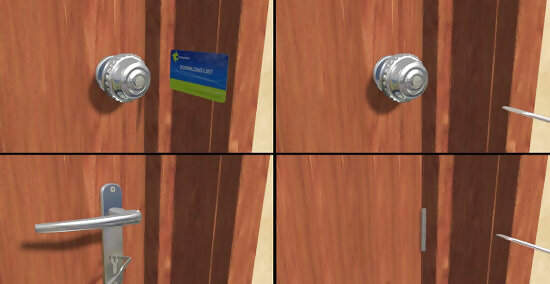
Try other methods. You may have to set aside the key and use the lockpicking methods described in the section below. If that doesn't work, you may need to call and hire a locksmith.











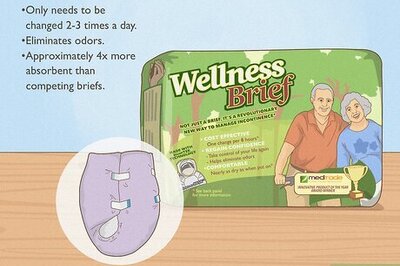

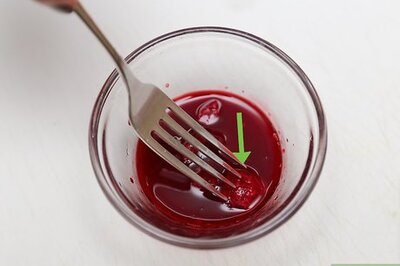


Comments
0 comment